The climate in Andalucia from the last glacial maximum to the present day
By Nick Nutter | Updated 24 Aug 2022 | Andalucia | History |
Login to add to YOUR Favourites or Read Later
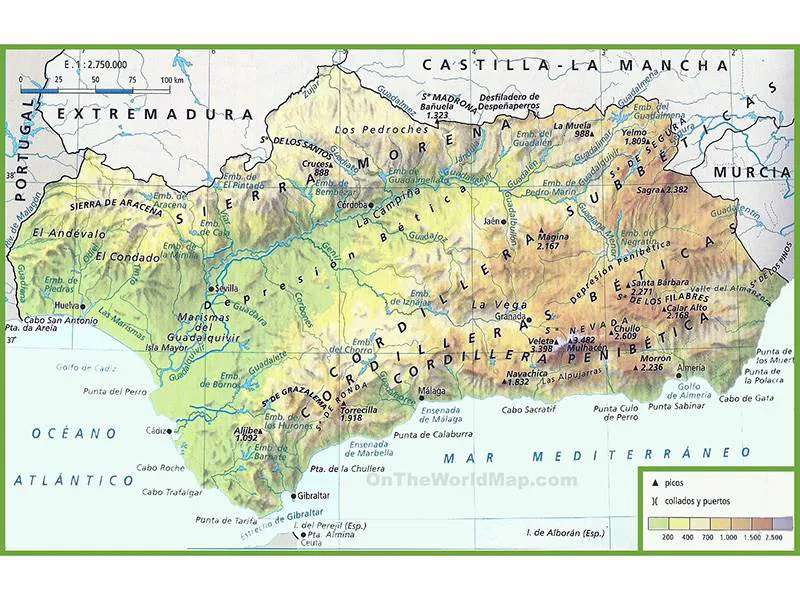
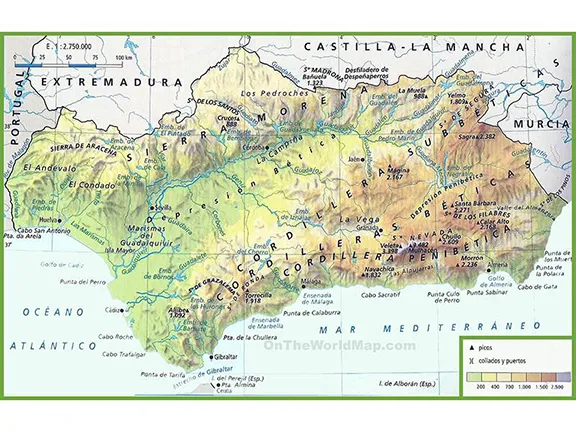
Andalusia Physical map
During this history that starts about 200,000 years ago, when the Neanderthals arrived in the Iberian Peninsula and finishes at the dawn of the historical period, in Andalucia about 600 BC, the climate has fluctuated dramatically. The charts of temperature change over the last 415,000 years, shown below, need no further explanation.
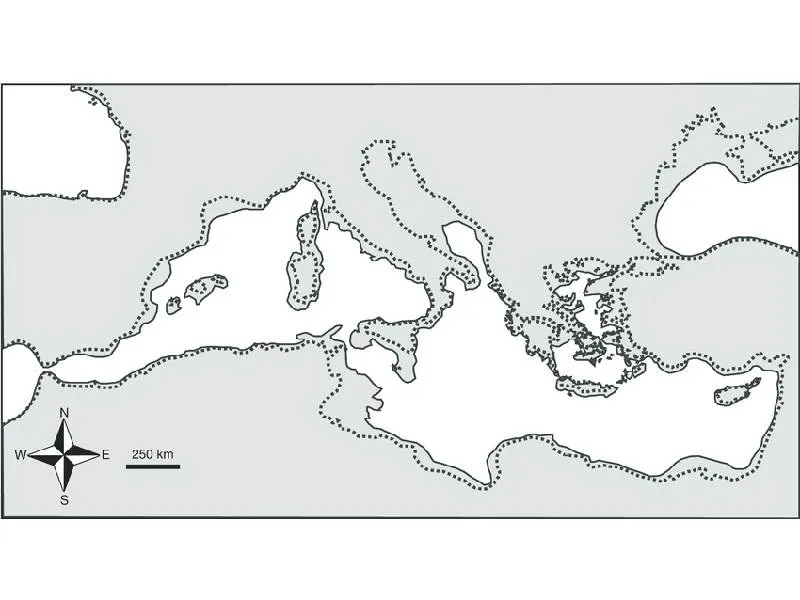
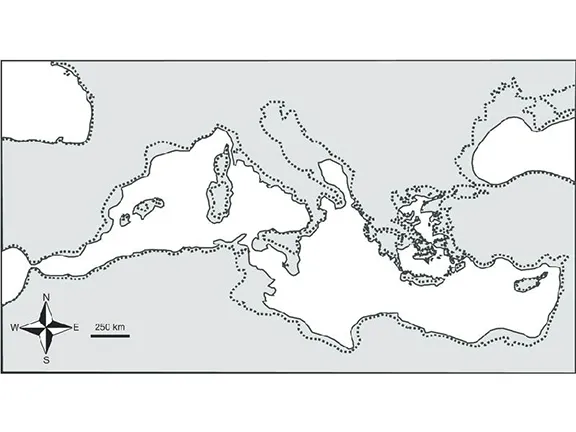
Coastline during LGM
Is the last in a pattern of glacial and interglacial periods that started about 2.5 mya. The LGP lasted from about 115 kya to the end of the Younger Dryas period about 11.5 kya.
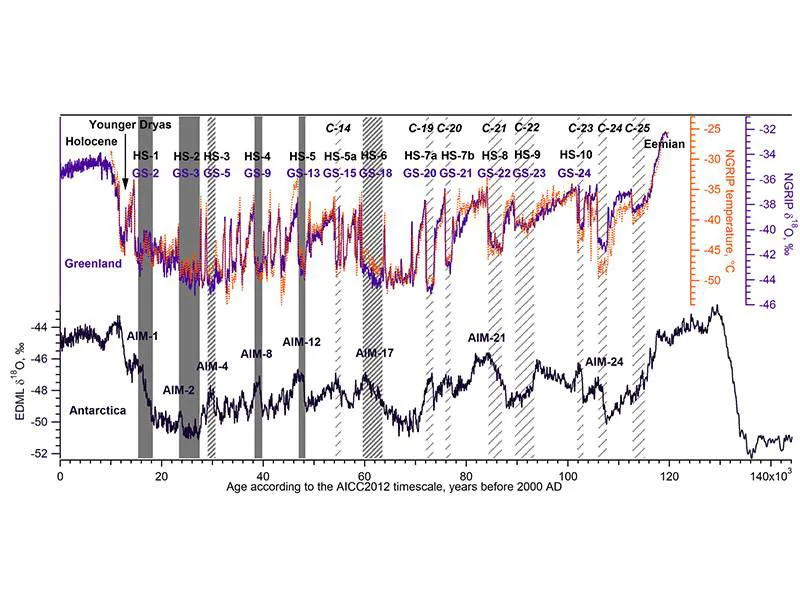
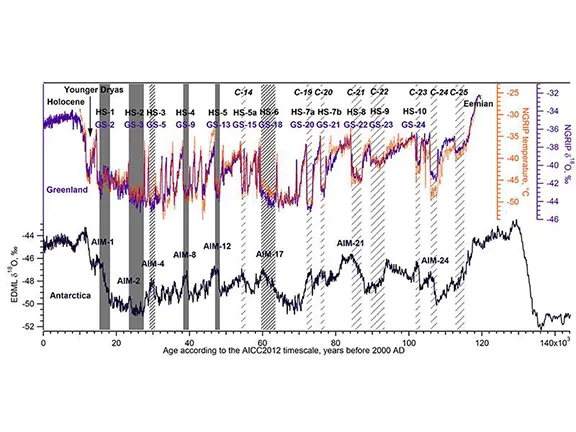
Heinrich events
Was the most recent time during the last glacial period that ice sheets were at their greatest extent. In the northern hemisphere the LGM was between 26 kya and 15 kya. A rapid warming event sometimes known as the Bolling Event, marked the end of the LGM.
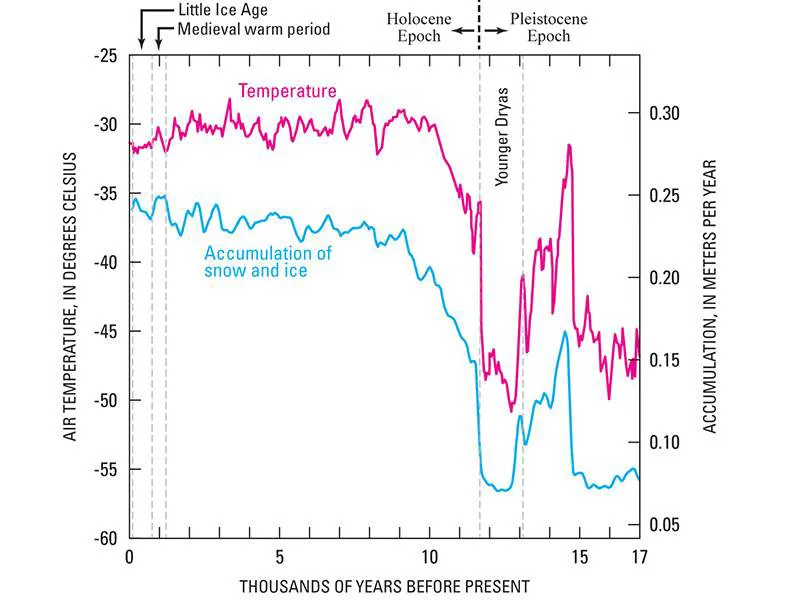
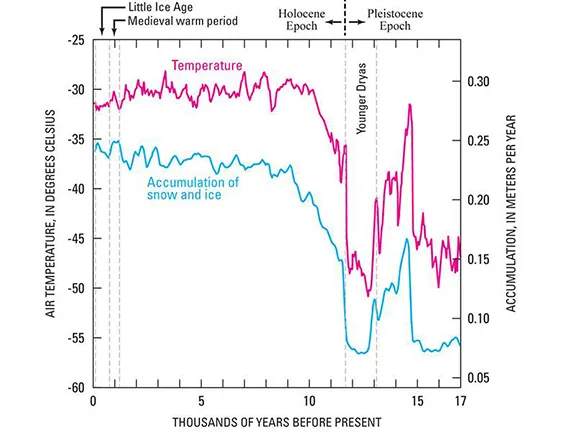
Younger Dryas
During the Glacial Periods, water is locked in ice at greatly expanded North and South poles and the glaciers that covered large tracts of land and sea and mountains that today have no ice on them. This causes sea levels to drop globally. During the Last Glacial Period, Mediterranean Sea levels reduced by up to 125 metres. From about 100 kya this created a coastal plain along the Andalucian Mediterranean coast of up to 15 kilometres wider than it is today and up to 50 kilometres wider along the Atlantic coast. Sea levels started to return to the levels of today about 9,600 BC. They were at minus 35m by 8,000 BC, minus 10m by 5,500 BC and current levels about 4,000 BC.
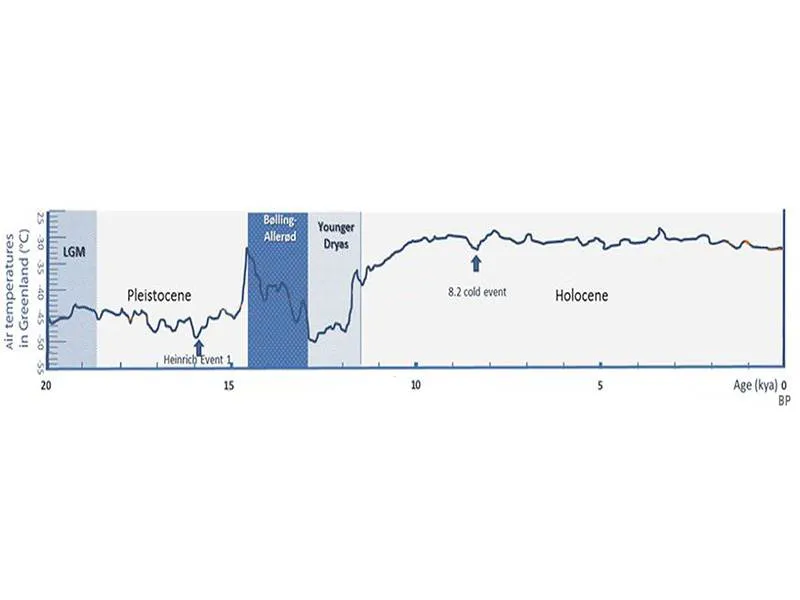
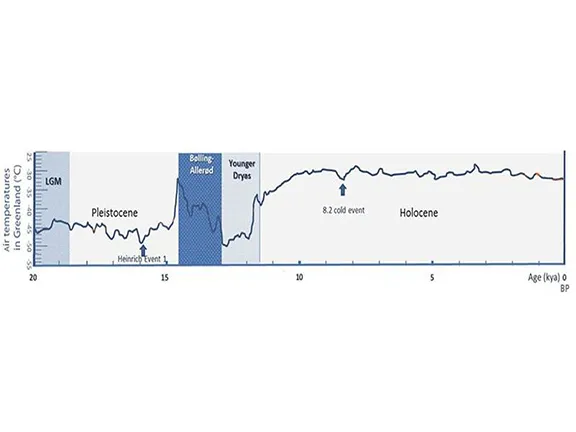
Post Glacial temperatures
14.7 kya, rapid warming occurred, and temperatures increased by 150C over a period of about 200 years. They reached a peak and then dropped gradually to a lower level similar to those before the event. The whole event was over in about 2,000 years. It was followed immediately by the Younger Dryas.
The Younger Dryas marks the end of the Last Glacial Maximum. From 12.7 kya temperatures again started to rise, hesitantly for the first thousand years and then rapidly until about 11.5 kya when a more gradual warming heralded the start of the modern era, climate wise, known as the Holocene.
Heinrich events are periods when large groups of icebergs break off from the glaciers and travel across the North Atlantic. The icebergs melt and release vast quantities of cold freshwater into the Atlantic, engendering sudden temperature drops in Europe. Heinrich Events have occurred during the period covered by this book, 12 kya (speculated), 16.8 kya, 24 kya, 31 kya, 38 kya, 45 kya and 60 kya. The rapid cooling and return to the temperatures experienced prior to the event can take as little as 200 years and as long as 2,300 years.
8.2 kya, about 6,200 BC, a huge amount of cold, fresh water, was released into the North Atlantic. Two hypothesise have emerged to explain the event.
• An outburst of cold fresh water from the proglacial lakes Agassiz and Ojibway draining into the Labrador Sea.
• Rapid sea cooling following the rapid collapse and melting of an ice saddle that linked domes over Hudson Bay in North America.
The release may have changed the course of the warming Gulf Stream (part of the North Atlantic thermohaline circuit) and resulted in a rapid decrease in temperatures in Europe of between 10C and 50C in less than 20 years. The coldest period lasted for 60 years after which the thermohaline circulation in the North Atlantic re-established itself and temperatures returned to those before the event. The entire event lasted 150 years. Sea levels rose very abruptly by up to 4 metres.
To Calculate Approximate Temperatures During the Last Glacial Period
Even within Andalucia there are significant differences in average temperatures. Seville, Malaga and Gibraltar’s lowest winter temperature is +8C whilst Granada and Cordoba hover around +3C. Malaga and Gibraltar however, record the coolest summer highs of +28 – +30C whilst Granada, Cordoba and Seville approach +40C.
Although it can only ever be an approximation, to estimate average temperatures during glacial periods, deduct the difference between average air temperatures in Greenland during the glacial period, from average air temperatures in Greenland today. E.g. Temperatures at the depths of the Younger Dryas were -50C in Greenland compared to -32C for today, a difference of 18C. So the average temperatures at Gibraltar during the Younger Dryas would be between -10C and +10C.
Image courtesy of N. Scafetta; Physics Department, Duke University, Durham, NC 27708, USA. And B. J. West; Mathematical & Information Science Direct., US Army Research O±ce, Research Triangle Park, NC 27709, USA
Climate over the last 120,000 Years as indicated by ice cores - Chronology of climatic events of importance for the last glacial period (about the last 120,000 years) courtesy of https://ethnic-diversities-of-argentina.fandom.com/wiki/Last_Glacial_Period
Temperatures During Last 17,000 years U.S. Department of the Interior | U.S. Geological Survey URL: https://pubs.usgs.gov/pp/p1386a/gallery2-fig35.html
Weniger G-C, de Andrés-Herrero M, Bolin V, Kehl M, Otto T, Potì A, et al. (2019) Late Glacial rapid climate change and human response in the Westernmost Mediterranean (Iberia and Morocco). PLoS ONE 14(12): e0225049. https://doi.org/10.1371/journal.pone.0225049
Zalloua, Pierre A.; Matisoo-Smith, Elizabeth (6 January 2017). "Mapping Post-Glacial expansions: The Peopling of Southwest Asia". Scientific Reports. 7: 40338. doi:10.1038/srep40338. ISSN 2045-2322. PMC 5216412. PMID 28059138.
To read the full pdf click here